Alacritty is a free open-source, fast, cross-platform terminal emulator, that uses GPU (Graphics Processing Unit) for rendering, which implements certain optimizations that are not available in many other terminal emulators in Linux.
Alacritty is focused on two goals simplicity and performance. The performance goal means it should be speedy than any other terminal emulator available. The simplicity goal means it doesn’t support features such as tabs or splits (which can be easily provided by other terminal multiplexers – tmux) in Linux.
Some Linux operating systems included binaries for Alacritty in the repository, if not you can install it using following commands on your respective distributions
----------- [Arch Linux] ----------- # pacman -S alacritty ----------- [Fedora Linux] ----------- # dnf copr enable pschyska/alacritty # dnf install alacritty ----------- [Debian and Ubuntu] ----------- $ sudo add-apt-repository ppa:mmstick76/alacritty $ sudo apt install alacritty
For other Linux distributions, instructions to build Alacritty from the source explained below.
Install Required Dependency Packages
1. Alacritty requires the most recent stable Rust compiler to install it. So, first, install Rust programming language using a rustup installer script and follow on-screen instructions.
# sudo curl https://sh.rustup.rs -sSf | sh
2. Next, you need to install a few additional libraries to build Alacritty on your Linux distributions, as shown.
--------- On Ubuntu/Debian --------- # apt-get install cmake libfreetype6-dev libfontconfig1-dev xclip --------- On CentOS/RHEL --------- # yum install cmake freetype-devel fontconfig-devel xclip # yum group install "Development Tools" --------- On Fedora --------- # dnf install cmake freetype-devel fontconfig-devel xclip --------- On Arch Linux --------- # pacman -S cmake freetype2 fontconfig pkg-config make xclip --------- On openSUSE --------- # zypper install cmake freetype-devel fontconfig-devel xclip
Installing Alacritty Terminal Emulator in Linux
3. Once you have installed all the required packages, next clone the Alacritty source code repository and compile it using the following commands.
$ cd Downloads $ git clone https://github.com/jwilm/alacritty.git $ cd alacritty $ cargo build --release
4. Once the compilation process is complete, the binary will be saved in ./target/release/alacritty directory. Copy the binary to a directory in your PATH and on a desktop, you can add the application to your system menus, as follows.
# cp target/release/alacritty /usr/local/bin # cp Alacritty.desktop ~/.local/share/applications
5. Next, install the manual pages using the following command.
# gzip -c alacritty.man | sudo tee /usr/local/share/man/man1/alacritty.1.gz > /dev/null
6. To add shell completion settings to your Linux shell, do the following.
--------- On Bash Shell --------- # cp alacritty-completions.bash ~/.alacritty # echo "source ~/.alacritty" >> ~/.bashrc --------- On ZSH Shell --------- # cp alacritty-completions.zsh /usr/share/zsh/functions/Completion/X/_alacritty --------- On FISH Shell --------- # cp alacritty-completions.fish /usr/share/fish/vendor_completions.d/alacritty.fish
7. Finally start Alacritty in your system menu and click on it; when run for the first time, a config file will be created under $HOME/.config/alacritty/alacritty.yml, you can configure it from here.
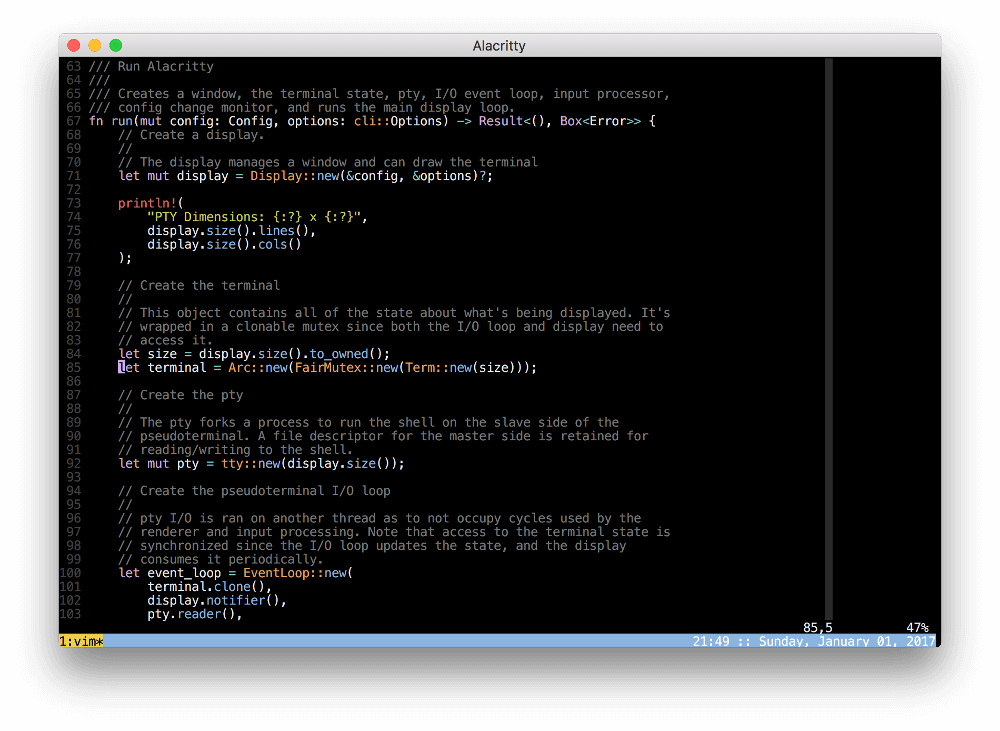
For more information and configuration options, go to the Alacritty Github repository.
Alacritty is a cross-platform, fast, GPU accelerated terminal emulator focused on speed and performance. Although it is ready for daily usage, many features are yet to be added to it such as scroll back and more. Share your thoughts about it via the feedback form below.

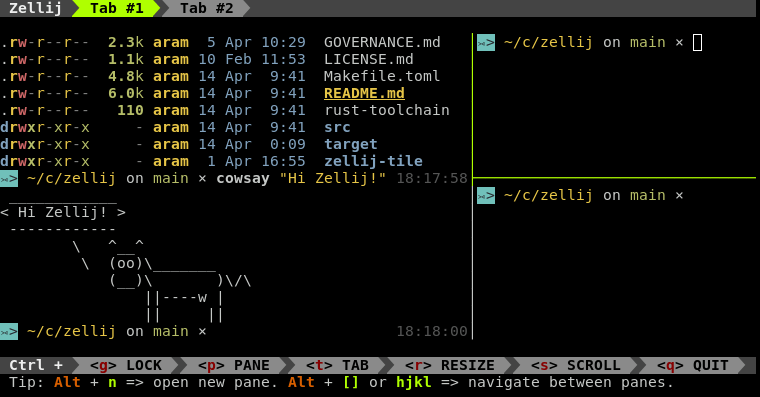
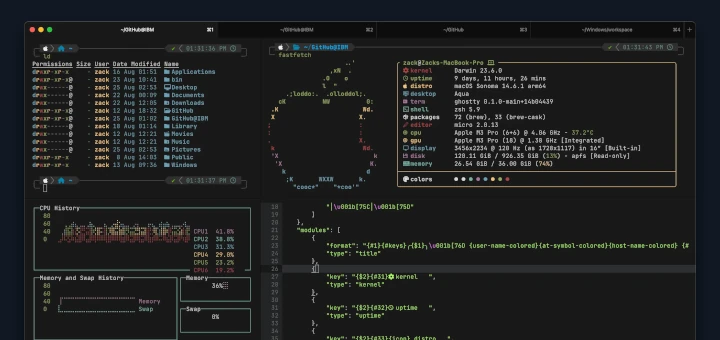

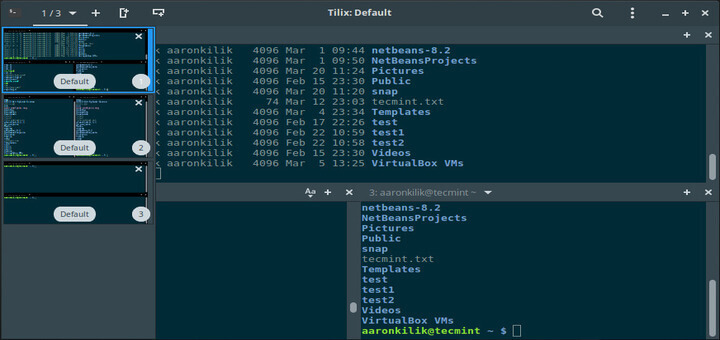
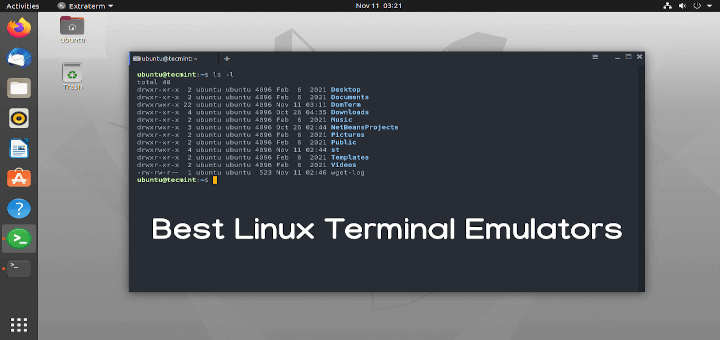
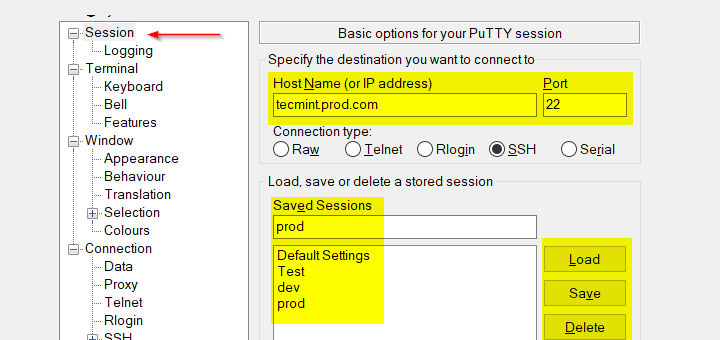
As search engines are still showing this article as a top result, it is worth mentioning that updating installation instructions are available on the alacrity github project homepage. These instructions are no longer accurate.
@cbdatum,
Thanks for informing, I’ve updated the article with the installation instructions…
How do you objectively measure the speed of a terminal emulator? I’ve never seen a slowness caused by the terminal emulator, so wouldn’t know what I’m missing.
@Tiberius
For this particular case, we based on the technology it uses —- GPU (Graphics Processing Unit) for rendering, which implements certain optimizations that are not available in many other terminal emulators in Linux.
Because there aren’t enough Linux terminal emulators, and all of them are so slow that one can hardly work with them. Really, what is it that motivates some to reinvent the wheel over and over again, other than proving that they can? Why not do something original, for a change?
QRW
Thanks for sharing your concern with us.
It’s a POS!